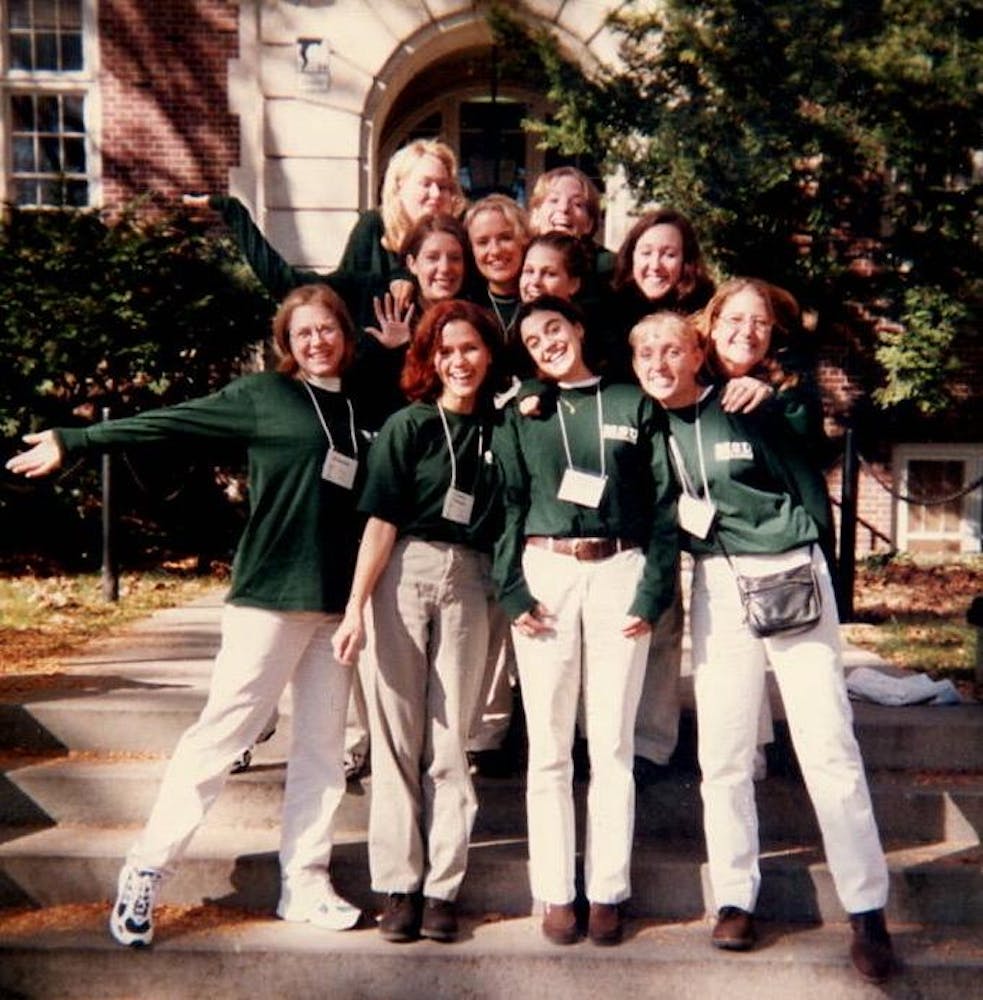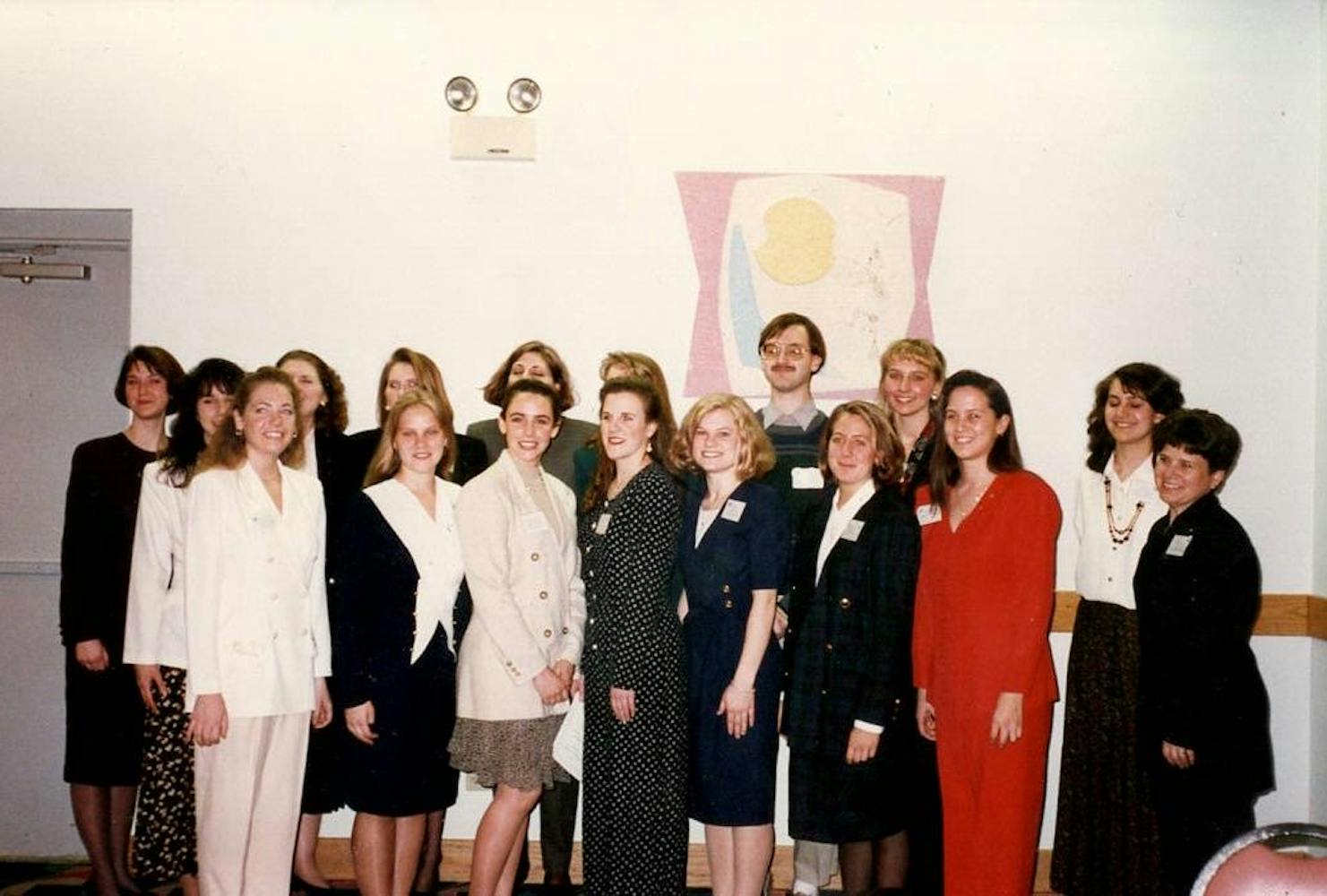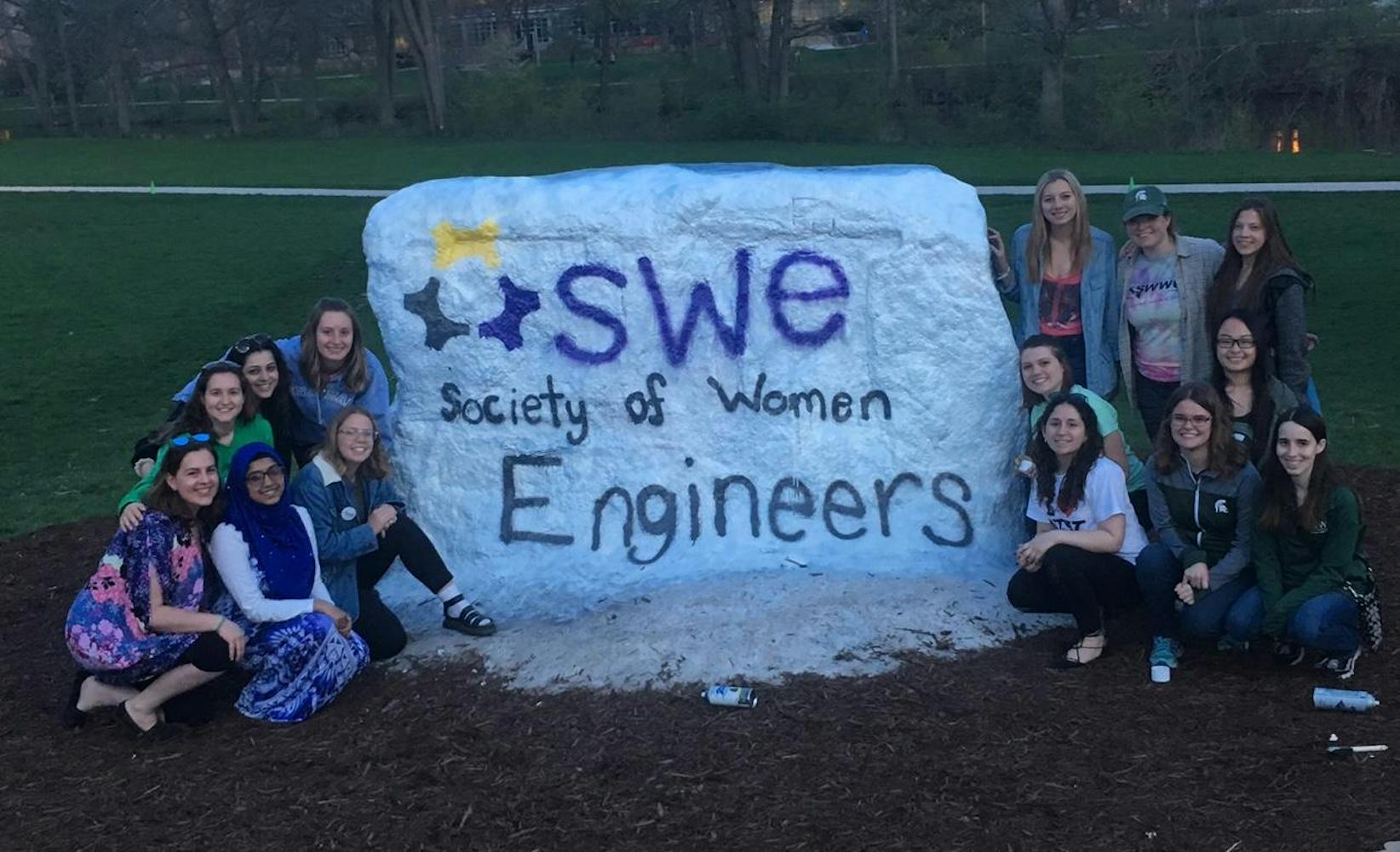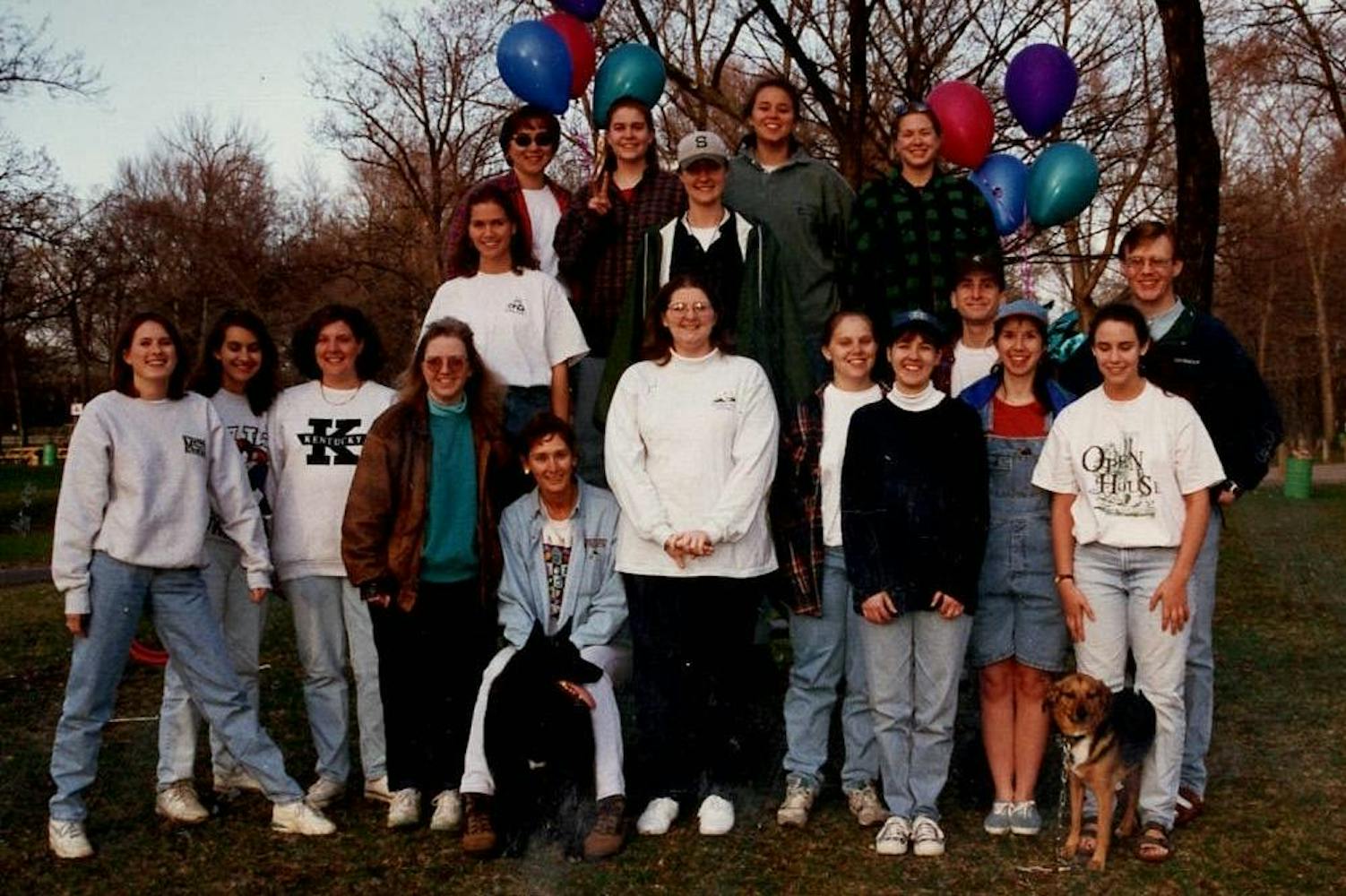When Laura Gumpper first arrived at Michigan State University in the fall of 2011, she found herself in a situation that many first-year college students would find relatable: being new to campus and looking to find friends and opportunities through student-run clubs.
That year, as a part of MSU’s Cornerstone & Residential Experience program, Gumpper, a mechanical engineering major, was required to live in Wilson Hall alongside other engineering students. It was while living in Wilson Hall that, through a combination of events and messages from the College of Engineering, Gumpper discovered MSU’s Society of Women Engineers, or SWE, chapter.
“The College of Engineering was talking about it, and I was looking for a community to join,” Gumpper said. “I remember going to a couple meetings and thinking that (SWE) seemed like a really good community with a lot of opportunity to grow.”
Now a lead designer and restoration ecologist for Natural Community Services, Gumpper views her time in SWE as integral for her gaining the skills and confidence needed to succeed professionally.
“I got to not only bond with the other women involved but also network professionally with other students and professionals from all over the country,” Gumpper said. “I feel like that’s where I started to build more confidence in a professional sense beyond just the school sphere.”
In Sept. of this year, MSU’s SWE chapter celebrated its 50th anniversary, capping off a half-century of supporting and mentoring women like Gumpper as they seek out careers in engineering.
Providing community and guidance
When MSU SWE was founded in 1973, women received only 1.2% of bachelor’s degrees awarded in engineering and engineering technologies, according to the National Center for Education Statistics. Even as recently as 2021, that rate has risen to just 23% nationwide.
In such a male-dominated field, SWE advisor Judy Cordes said SWE is incredibly valuable for female engineers looking for support and community during their college years.
“It helps women from across the college connect with one another and to feel like they have support from each other,” Cordes said. “The more support they have, and the more that they see each other, the better off it is because the old saying is, ‘if you can’t see it, you can’t be it.’ So, they look to each other as role models.”
MSU and SWE alumnus Eva Reiter Jansen said the organization provided a breath of fresh air from her classes where she was often vastly outnumbered by her male peers.
“Literally my first day of school, I was in a situation where I was the only female in the room,” Jansen said. “So having a resource where I was in a room full of other female engineers felt really powerful.”
Beyond providing a space for female engineers to work and socialize, SWE also connects members with professional opportunities through internships and job fairs. Chemical engineering senior and MSU SWE President Megan Giltmier said attending SWE’s annual national conferences, which regularly draw more than 15,000 attendees, has provided her with valuable connections and career opportunities.
“Being able to attend those conferences, being able to meet people from other college SWE chapters, being able to meet people who were further along in their careers ... that was pretty cool,” Giltmier said. “You get to hear about how all this work and stuff you’re doing at college is eventually going to be worth it.”
Beyond 50 years
Although female representation in STEM fields like engineering has grown in the 50 years since MSU’s SWE chapter was established, equal representation in the workplace remains elusive. According to the U.S. Bureau of Labor Statistics, women made up 16.1% of architecture and engineering occupations in 2022.
“We’re moving the needle slowly,” Cordes said. “It is moving but it’s still not anywhere where it needs to be.”
Giltmier attributed this underrepresentation to a variety of factors, including women being unfairly punished for taking parental leave and subsequently being passed up for promotions. She said this and similar obstacles in the workforce may discourage women from continuing to work in the industry, resulting in the observed 6.9% drop-off between women who graduate with engineering degrees and those who ultimately work in engineering-related fields.
“I think just building a more inclusive culture that says, ‘hey, when people have families or people are raising kids, we all need more flexibility in our lives,’ that doesn’t necessarily just have to benefit women," Giltmier said. “It can benefit everyone of all genders who want to be able to invest in that family time.”
Jansen, who has a young daughter herself, said another area for growth is exposing more children to engineering at a young age and propping up female engineers as role models to young people interested in the field. She added that in her own experience, it was participating in STEM programs in middle school and seeing what opportunities were available to her that inspired her to pursue engineering.
Support student media!
Please consider donating to The State News and help fund the future of journalism.
Ultimately, Cordes said, while SWE can’t single-handedly solve issues of female representation, the organization will continue to advocate for women in engineering at every level until the numbers are where they should be.
“(SWE) is one of the pieces that can be important in one person or many people’s success,” Cordes said. “What we need to do is make sure that women and other marginalized groups feel confident and feel like they belong in engineering. That’s the goal right now.”
Discussion
Share and discuss “Fostering community and careers: 50 years of MSU’s Society of Women Engineers” on social media.






